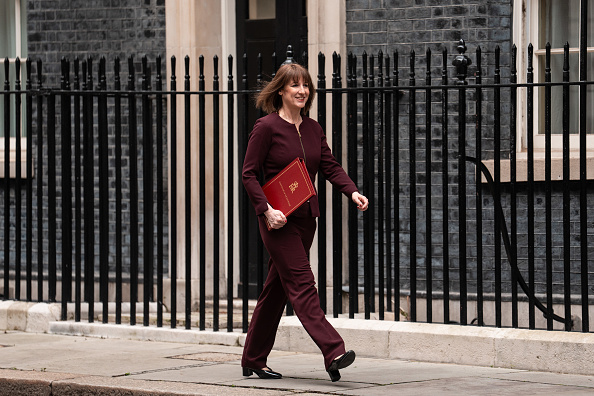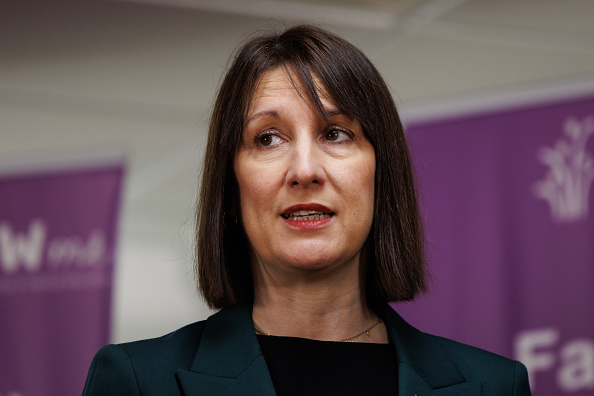Eighty per cent of women-owned businesses that need credit are under-served worldwide, creating a £1.3 trillion financing gap.
What’s more, a study by BNY Mellon and United Nations Foundation shows that giving women better access to financial products and services could open up $330 billion in revenues.
Care, a global development organisation, works with 5,000 women in Ethiopia. They’ve helped these women to boost their incomes by 500pc over three years with the correct support.
Their figures reveal that 3.6pc of women had no savings at the end of the project, down from a massive 70pc at the beginning. The scheme is made up of around 140,000 women.
To close the global financing gap, the organisation has called on financial institutions to improve access to funding for female entrepreneurs. They say that women are better at saving, borrowing and taking risks than men.
State of female entrepreneurship in the UK
The recently-published Alison Rose Review found that only 32pc of UK entrepreneurs are women, leaving a lot of untapped potential in the UK economy – equivalent to around 1.1 million missing businesses.
One of the key barriers identified by the report is lower access to finance. The average women’s starting capital is 50pc below the men’s. Another hurdle is that fewer women personally know an entrepreneur than men, limiting their access to contacts and potential funding leads.
Figures show that only 13pc of people on UK investment teams are women and 48pc of investment teams have no women at all. This is reflected in the fact that less than 1pc of UK venture funding goes to all-female teams and just 4pc of deals. The Rose Review found bias against mixed-gender founder teams too.
Women entrepreneurs have a harder time starting and scaling in general. Female-led businesses are an average 44pc of the size of male-led businesses in terms of their contribution to the economy. Male SMEs are five times more likely to scale up to £1 million turnover than female SMEs as well.
Closing our own funding gap
The government has committed to increasing the number of female entrepreneurs by a whopping 600,000 by 2030, equating the UK to the US.
Responding to the Rose Review, SME challenger bank Tide has committed to adding 100,000 female-led start-ups to the UK economy by the end of 2023.
HM Treasury is working on a new code, Investing in Women. Once complete, they will encourage relevant financial firms to sign up to the code and improve how they fund female business owners.
The government’s Equalities Office will also publish a gender equality and economic empowerment strategy in spring, setting out gender-based barriers and potential solutions.
Recommendations include:
- New investment vehicles to increase funding going to female entrepreneurs
- New financial products aimed at entrepreneurs with family care responsibilities
- Expansion of networks focused on connecting female entrepreneurs
Further reading on female entrepreneurs:
How to tap into funding for female entrepreneurs – New report draws on academic research and advice from the UK’s most successful female founders to address the gender scale up gap.
Looking for finance? SmallBusiness.co.uk is working in partnership with trusted lenders to help you find the best business funding deals. Find out more here.





